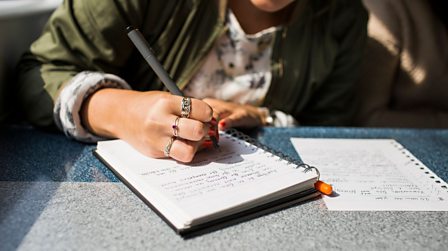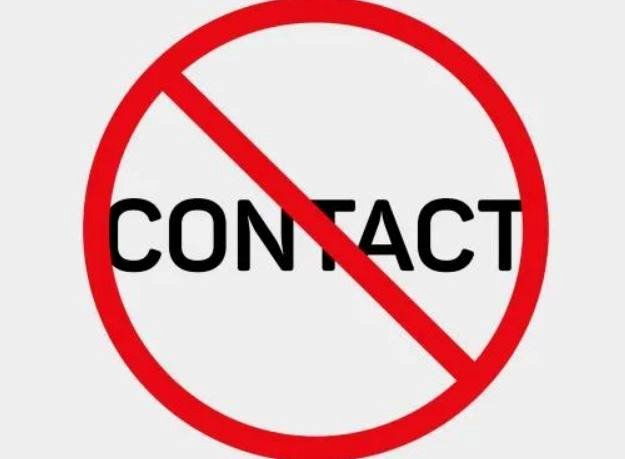DOCUMENTATION
The better the documentation, the sooner following the experience, will offer the best report of the details. As time goes on, the details become fuzzy, less accurate, or reliable. So, as soon as possible, get this story on paper as chronologically ordered as possible, with as much detail as the victim can muster.
If you are assisting in this process, make sure that the victim does not feel like this is an interrogation, it is not. He or she did nothing wrong. One may encourage the victim to think of the wrongness of the actions perpetrated by the psychopath. Why? This will help the victim compartmentalize the abuse that they suffered. Note that the victim will be likely to offer excuses for the psychopath’s behavior,
Support the victim in the perpetrator’s wrongness, citing what would be considered abuse or criminal activity. This will help the victim be better able to separate the abusiveness of the psychopath.
Also note that the victim will also be telling tales of moments that were endearing, and supportive, and made the victim feel elated about being in the psychopath’s presence. When conceivable, try to point out how these moments may have been a setup. Helping the victim make these connections, the good to the bad early on will also help as the victim begins to see things from a more realistic point of view.
CONSTANT JOURNALLING
Provide the victim with a pocket-sized spiral notebook. Encourage the victim to jot down any details about the psychopathic experience as it comes to mind, which it will, in the future.
Also, get the victim to agree to document anything and everything that happens that might be associated with the psychopath. An example might be, On this day at this time I received a letter in my mailbox addressed to the psychopath from this sender. I put the letter in a shoe box to deliver to my counselor or something like that.
Most importantly, the victim will use this same pocket-sized notebook to document any involvement with the psychopath, which hopefully there is little or none of, or any unusual activity that may appear to be out of the ordinary. Ensure to include the time, date, and location of the incident being documented.
FAMILY AND FRIENDS
Treat the introduction of family and friends as cautiously as the first confidant. Start integrating family and friends who have had no interaction with the psychopath, or are thoroughly vetted as safe and uncompromised in any way by the psychopath.
Try to avoid access to family members who might downplay or invalidate the victim’s experience in the beginning. It is best to delay these kinds of interludes until the victim has established a sure footing following the experience, and has practiced the skills of establishing personal boundaries.
MAINTAIN NO CONTACT
Establish a no-contact commitment from the victim. Under no circumstance should he or she be able to have contact with the psychopath under any condition, unless ordered by the court and in the presence of qualified support staff.
There is a good chance that the psychopath will attempt a reconnection to the victim, as they are prone to do so because the victim may still possess resources that the perpetrator believes he or she is still entitled to.
Be prepared. Get no-contact orders signed by a judge and coach the victim to call 911 whenever the perpetrator is in view, calls, texts, or in any way has made him- or herself apparent to the victim. And be sure that the victim notes the episode in his or her pocket-sized journal as accurately as possible.
STRUCTURED CONTACT
Certain circumstances may prevent strict non-contact whatsoever. The psychopath may be a coworker or may have shared custody of children. If these circumstances prevent no contact in present situations ( be looking for ways to change the circumstances). Then make structured contact uncomfortable for the psychopath. Structure contact so that it makes it inconvenient for the psychopath and leaves no chance for manipulating or further abusing the victim.
If possible structure meetings at specific times and places with supervision or with plenty of witnesses around. The victim should have a support person accompany him or her. Audio or video record the meeting, if possible. (Depending on the state where you reside, you may or may not be able to use the recordings as evidence, but you can use them to establish patterns of behavior contrary to what the psychopath professes.)
Meet on the sidewalk in front of the Police Station where video surveillance is regularly monitored. Take the precaution to call ahead on a non-emergency number and let the police know that you will be meeting in front at the specified time.
If your psychopath rolls up on you at the service station while you are fueling your vehicle or you find him or her strolling through the supermarket “coincidentally” call 911 if you have a no-contact order. Make your way to the cashier section of the supermarket or gas station. These areas have the best surveillance cameras. Jot it down in your pocket-sized notebook noting the time, the day, the establishment’s location, and the location where you “accidentally” became aware of your psychopath’s presence. Check with management to see if you can get a copy of the surveillance video. You may be surprised that the psychopath’s location, where he or she was standing was off camera.



